1. The “Open Shelf” Kitchen That Nobody Actually Uses
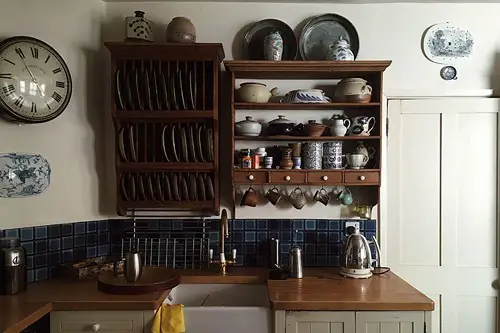
Open shelving looks gorgeous in a curated Instagram post—crisp white plates, matching spice jars, a little eucalyptus for flair. In real life, though, it means your mismatched mugs, cereal boxes, and the occasional can of beans are on display 24/7. It’s an aesthetic choice that demands a level of discipline most people don’t realistically maintain. And yet, many install it to project minimalism, cleanliness, or culinary sophistication.
The shelves become more about how they look than how they function. And when function follows aesthetics, things start to unravel. Dust, grease, and visual clutter build up quickly, making the space feel chaotic rather than calm. At the heart of it is often a desire to be perceived as stylish and “in the know,” even if it means sacrificing practicality.
2. Statement Walls in Loud, Unlivable Colors
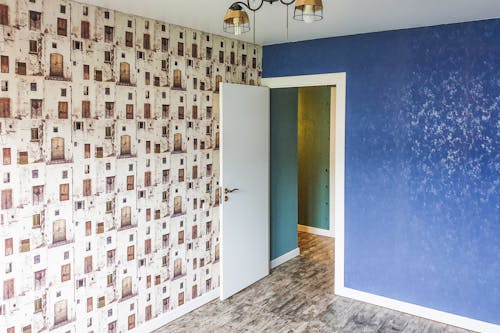
You’ve probably seen it: a fire-engine red wall in an otherwise beige living room, or a neon green accent in a farmhouse kitchen. The point is rarely about style—it’s about grabbing attention, fast. Designers love to talk about “focal points,” but when the focal point screams instead of speaks, something’s off. These bold walls often end up being repainted within a year, once the adrenaline fades.
Statement walls can absolutely work when tied into a broader palette or architectural feature. But many people go for the shock factor, hoping it’ll signal bold taste rather than insecurity. It’s often less about expression and more about proving you’re not “boring.” Ironically, the attempt to stand out tends to blur into the crowd of other trend-chasers doing the same thing.
3. Enormous Kitchen Islands with Nowhere to Sit
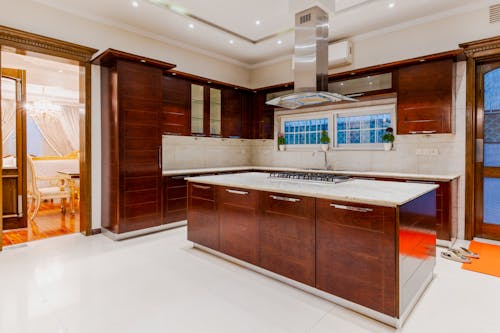
Massive kitchen islands have become the flex of suburban remodels—wide enough to park a car on, yet somehow void of barstools or useful seating. They often dominate the room, leaving awkward pathways around them and very little flow. What’s more, their sheer size doesn’t always equate to more functionality; many are just big, flat surfaces with a single bowl of fake lemons. The oversized island ends up feeling like a monument to modern renovation rather than a tool of it.
Often, these islands are meant to signal luxury or “entertaining potential.” But if guests are forced to stand or perch awkwardly nearby, the message gets a little muddled. The island becomes a stage, and the homeowner the performer, rather than a host. When utility is sacrificed for bragging rights, it’s usually validation that’s on the menu.
4. Barn Doors on Everything—Even Bathrooms

Rustic sliding barn doors had their moment, and it was charming… in actual barns. But installing one on your en suite bathroom or tiny city condo feels more like cosplay than cohesive design. They rarely provide sound insulation, and most don’t even lock. So you end up with a very stylish panel that doesn’t do the one thing a door is supposed to do: offer privacy.
These doors are often used to signal a kind of curated “farmhouse authenticity,” even when there’s no context for it. The popularity can be traced back to shows like Fixer Upper, which turned them into a renovation shorthand for “tasteful but quirky.” But when function and form don’t align, the look feels forced. If you’re trying this hard to be “homey,” it’s worth asking who you’re really trying to impress.
5. Overly Themed “Speakeasy” Basements
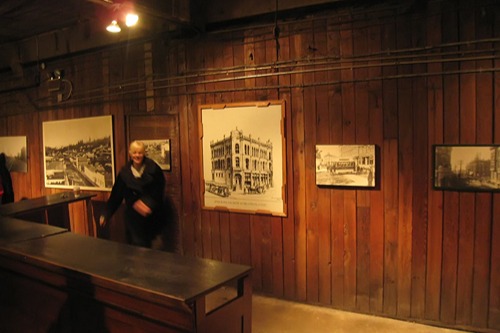
Turning a basement into a moody, Prohibition-style speakeasy may seem cool on paper. But too often, it’s all velvet curtains and vintage signs with zero attention to actual comfort or usage. Many of these spaces are barely used and feel more like elaborate movie sets than a place where anyone actually wants to hang out. The trend banks on the illusion of exclusivity—like you’re hosting secret soirées every weekend.
But unless you’re running a cocktail program with artisanal bitters and barrel-aged ice cubes, the theme can fall flat fast. The real motivation often isn’t about creating a cozy hangout; it’s about proving you can afford to build a second, themed living room. It’s design as performance art, with the homeowner hoping people will say, “Wow, this is so cool.” Meanwhile, the pool table collects dust and the bar stools stay empty.
6. Faux Industrial Elements That Try Too Hard
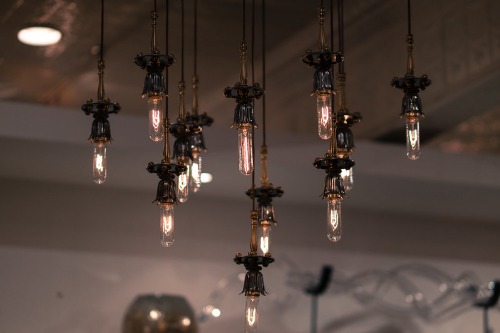
Raw concrete walls, exposed ductwork, Edison bulbs, and pipe shelving are the hallmarks of the faux-industrial look. But many homes embracing this trend were built in the 2000s, not the 1920s, making the aesthetic feel artificial. When there’s no history to reveal, “exposing” elements becomes an exercise in imitation rather than authenticity. Worse, these spaces often feel cold and unfinished, all in service of seeming edgy.
What started as a gritty, urban aesthetic rooted in necessity has become a costume for suburbia. It’s not that these elements can’t be integrated well—but often, they’re slapped on top of otherwise generic builds. It’s a shortcut to looking “cool,” without the real-life context that gave industrial style its soul. And when your living room feels like a themed restaurant, maybe it’s time to scale back.
7. “His and Hers” Bathroom Sinks in Tiny Spaces
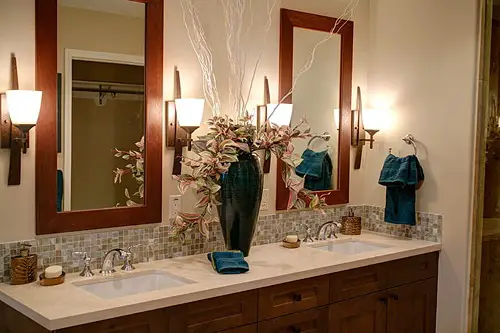
Double vanities can be a godsend in large primary suites, but cramming them into tight bathrooms often causes more problems than they solve. There’s less counter space, smaller drawers, and awkward elbow-bumping just to say you both have your own sink. It’s an attempt at luxury without the real estate to support it. In many cases, one sink would’ve been more functional—and more elegant.
These setups are often pitched as relationship savers, but they mostly serve as relationship flexes. It’s about projecting a lifestyle: synchronized morning routines, dual electric toothbrushes, a perfectly balanced domestic life. But the reality usually involves cluttered counters and very little actual convenience. If the goal is to look like you’ve made it as a couple, maybe just stick to matching robes.
8. Showpiece Bathtubs That Never Get Used
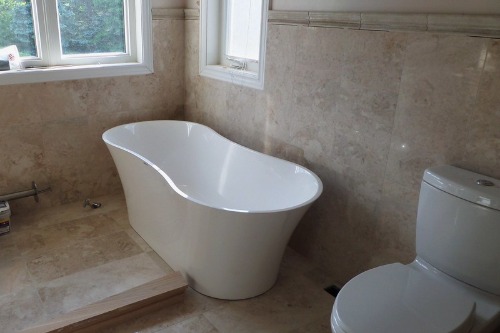
You’ve seen them—the freestanding, sculptural tubs plopped dramatically in the middle of a master bath. They photograph beautifully and scream “spa day,” but in real life, they often go unused. Most people don’t have the time (or patience) for long soaks, and those bathtubs quickly become expensive laundry baskets. The irony is that they’re usually chosen to suggest relaxation and indulgence.
But in many cases, the tub is more about optics than actual enjoyment. The message is “look how serene my life is,” even if you’re just stepping over it to get to your shower every morning. These tubs often require complex plumbing, take up a lot of space, and cost a fortune to install. It’s self-care as a status symbol—and it shows.
This post 8 Common Renovation Trends That Feel Like a Cry for Validation was first published on Greenhouse Black.
